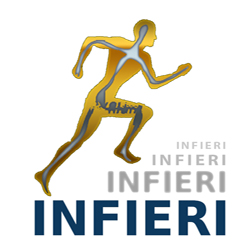Speaker
Description
The use of the Silicon technology has been strongly increasing over the few last decades in the High Energy Physics experiments. This is because the impressive advances in this high tech domain as well as the cutting-edge performances demands moitvated by the Physics.
Abstract: Modern detector science and technology has originated from High Energy Physics experiment needs in the ‘80’s of the past century, based on the achievement and knowledge of the silicon industry of the time. The first segmented array of diodes (a microstrip sensor) was developed to track vertices at the NA11 experiment at the SPS accelerator at CERN (Geneva, CH). During the following years, detector technology developed into a special branch of the huge silicon technology enterprise that has been arguably the biggest contributor to the evolution of most of the economical, social and scientific activities of mankind. If, and how, detector technology for science has kept the pace with the spectacular speed of evolution of mainstream silicon technology (namely, the microelectronics industry) is the object of this lecture, that will also point out the special requirements of detectors for science and how these can be linked to modern microelectronics trends.
Gianluigi Casse is Professor at the Physics Department, University of Liverpool, leading the detector group within Particle Physics in the Department. He is also Director of the Center for Materials and Microsystems of FBK , Trento (Italy) and Co-Spokesperson of the CERN/RD50 experiment (~ 300 scientists worldwide) on Radiation hard semiconductor devices for very high luminosity colliders.
In this School, two Labs are organized on Silicon sensors related to this lecture and one Lab to the associated FEE.
Two other lectures (by Prof. L. Ratti and the keynote by Prof. Allport) are also related to this lecture.
